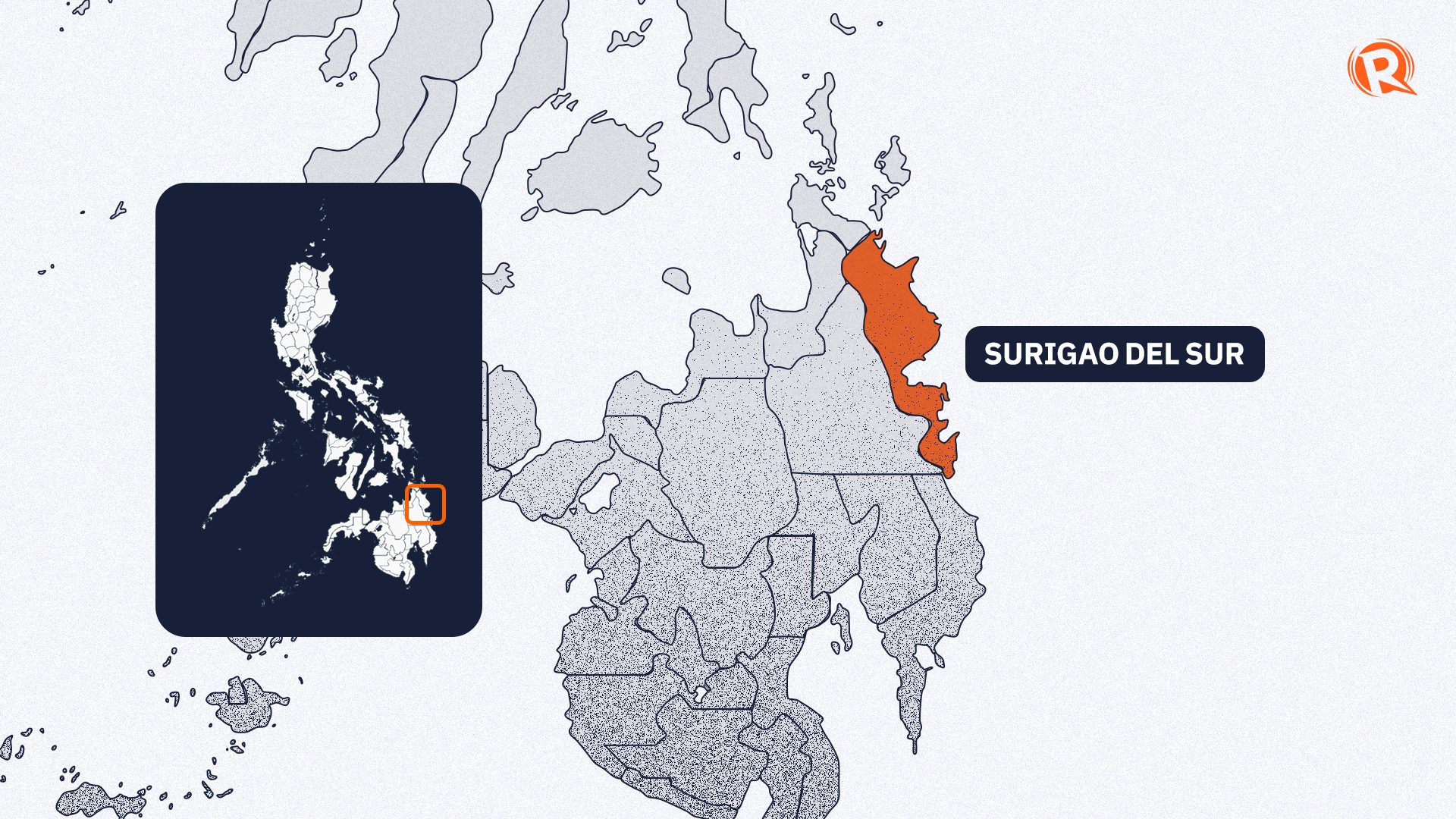SUMMARY
This is AI generated summarization, which may have errors. For context, always refer to the full article.

MANILA, Philippines – President Ferdinand Marcos Jr. has signed into law Republic Act No. 11986, which creates Barangay Guinhalinan in the municipality of Barobo, Surigao del Sur.
The newly created barangay will have an area of 16,820,101 square meters and will be bordered by Barangay Javier, Barangay Batunan, and the municipality of San Francisco.
The Commission on Elections, or COMELEC, will hold a plebiscite in Barangay Guinhalinan within 90 days from the effectivity of the law creating the barangay, with the municipality of Barobo paying for the cost.
In the meantime, Barangay Guinhalinan will have a punong barangay, seven Sanguniang Barangay members, a Sangguniang Kabataan chairman, and seven Sangguniang Kabataan members appointed by the mayor of Barobo. The interim barangay officials will serve until their successors have been duly elected and qualified.
The public infrastructure and facilities already existing in the area at the time of the barangay’s creation are also transferred without cost or compensation to Barangay Guinhalinan.
Republic Act No. 11986 was approved by Marcos on March 21, 2024. It was first passed by the House of Representatives on September 26, 2022, and further amended by the Senate on December 11, 2023. – Rappler.com
Add a comment
How does this make you feel?
There are no comments yet. Add your comment to start the conversation.